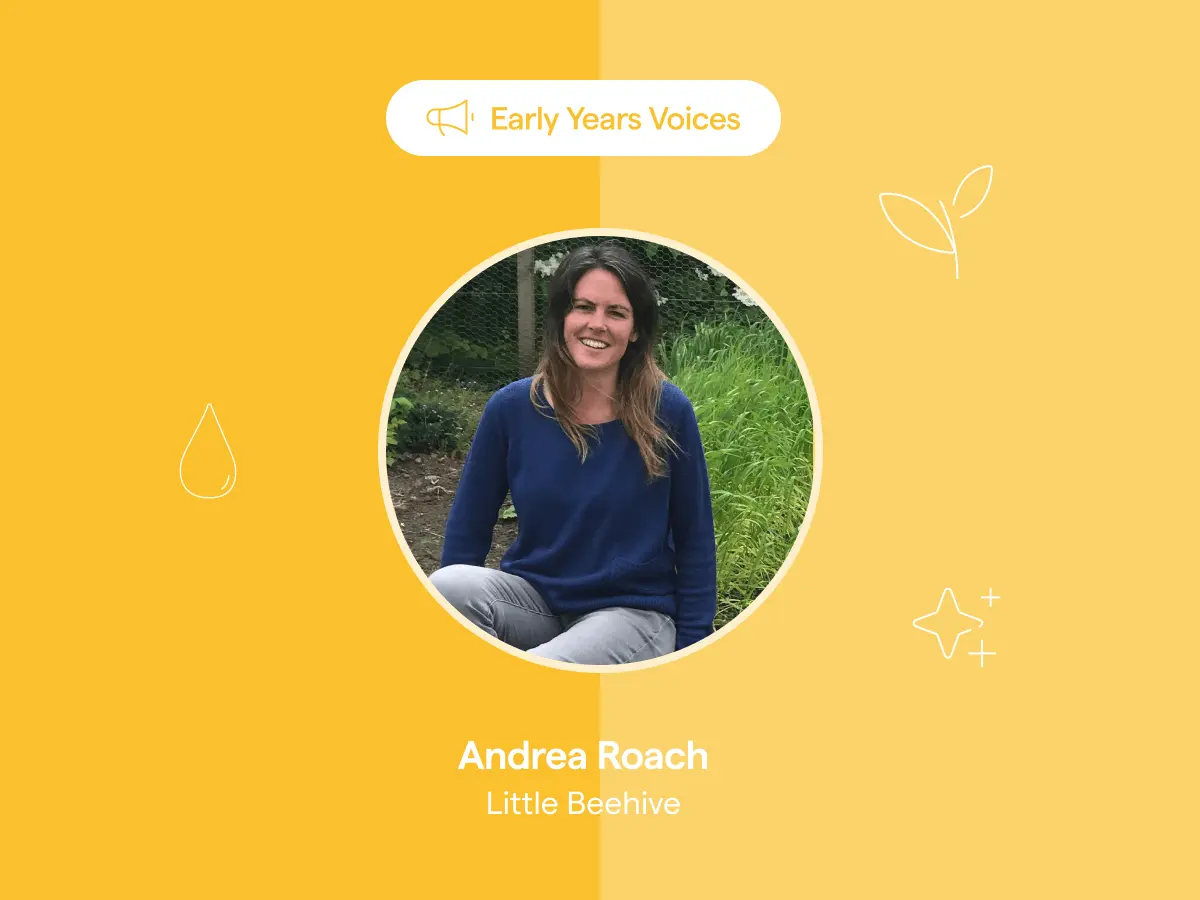Nurseries
Fife, Scotland
1140 hours
5
settings
292
children
With Famly since
October 2018
When planting with preschoolers, most of us tend to go for peas, potatoes or other vegetables. But you don’t have to start out so small. For example, the children of Little Beehive nurseries in Scotland grow wheat throughout the year, to learn more about where their bread comes from.
Now you might think that you’d need an entire field or some industrial farm equipment to grow a wheat crop, but even if a combine harvester is a little outside your setting’s budget this year, you can certainly still give wheat a go.
To find out more about how to do it (and why you might want to try it), I met with Andrea Roach, the outdoor educator at Little Beehive. Andrea maintains the gardens at the five Little Beehive settings and delivers horticultural and agricultural activities to the children, according to the time of year.
With a background in horticulture, a diploma in herbology from the Royal Botanic Gardens in Edinburgh and a role at the University of St Andrews (leading the Edible Campus project), Andrea has plenty of experience and advice to share with you and your budding farmers.
Let’s get growing…
Why grow wheat with preschoolers?
Growing your own crops gives children a better appreciation of where their food comes from while also providing a meaningful source of nutrition. There’s nothing quite like trying something you’ve grown yourself.
“Food is part of children’s daily routines and we can include them in so much of how it’s prepared,” says Andrea, “From washing, peeling, and chopping vegetables to getting into the garden and actually growing food by weeding and watering. It’s good for their health too as they’re willing, for the most part, to try what we grow.”
And for wheat specifically, there’s a cultural significance to the crop too. Where the settings are based, the wheat harvest is still celebrated every year in an event dating back to medieval times, so growing the wheat supports the children to engage in local history. But despite being such an important crop, the actual growing is relatively easy for the children to do.
“With other crops, you might have to sow it inside, look after it, transplant it outside, water it, and maintain it,” explains Andrea, “But with wheat, you sow the seeds outside and rake it over and you really don’t have to do much until you harvest it.”
The project follows the cycle of the year, from sowing the seeds right through to harvesting:
- Autumn: Sow your seeds and soon you’ll begin to see shoots
- Winter: The crop ‘over-winters’
- Spring: The tiny plants start to really shoot up
- Summer: Harvest your wheat ready to be milled into flour
.webp)
The big ideas

Andrea’s top tips for growing your wheat:
- Find the right space: Little Beehive has small growing plots at their nurseries but also has spaces outside of their settings, such as Strathkiness Community Garden. You certainly don’t need an entire field, but if you have no outside space whatsoever, consider taking a plot at a local allotment for your crop.
- Be prepared: Andrea advises that while wheat is relatively low-maintenance while it’s growing, there are things you’ll need to do to prepare your soil for growing your crop. Check your soil quality by noticing how much wildlife is present. The more worms and creepy crawlies, the better the earth.
“And don’t forget netting to protect the plants from the birds,” adds Andrea, “I found out about that the hard way!” - Start at the end: To get the children excited about sowing their wheat, Andrea brought some grain she had already harvested and a hammer to the settings. Once the children could see the endpoint, they were keen to explore how to get there (by growing the wheat themselves).
“They got to touch the seeds and smash them with the hammer to see how they’re ground into flour,” says Andrea, “We talked about how the flour came from the seeds, then later on in the settings they made playdough from flour to keep the interest going.” - Make the project your own: When Andrea and the children plant the seeds, they take a moment to say something kind to the seed as they cover it with soil. “We say little ‘Good luck’, or ‘I can’t wait to eat you,’ or ‘Night night’,” says Andrea, “It’s a part of our process now!”
- Reach out for help if you need it: Andrea had the help of the Soil to Slice project pioneered by Scotland the Bread, who work to engage communities with locally grown, nutritious, sustainable bread. However, there’s a huge amount of information available to help you make the best of your wheat crop.
Sustainable crops for EY settings
While Soil to Slice is a fantastic project to show children where a key part of their diet comes from, you almost certainly won’t be able to use your wheat to provide your setting with bread permanently. Scotland the Bread advises that you’d need a plot of 8 by 10 metres to produce enough wheat to make bread for one person, for a year.
So what are some fruits or vegetables that settings can grow themselves, that could provide a more sustainable crop? Andrea says that this year at Little Beehive they’ve chosen carrots and potatoes, as they’re so simple to grow and harvest. However, in terms of cost, the highest-value crop is actually leeks.
- You can the highest amount of leeks on the smallest site,
- They grow over winter,
- When you compare the cost of buying leeks to growing them, they have the greatest margin
And, to make your outdoor budget go even further, don’t forget about composting. Andrea advises mixing brown material (like dried leaf fall) and green material (like fresh grass cuttings) to get the right balance in your compost heap. In 8 to 12 months or so, you’ll have your own compost to add to your food crops. However, adding food waste to your compost could introduce pesticides or herbicides (that were added when that food was grown), or even attract mice and rats, so it’s best to stick to garden waste.
“The ultimate goal is to grow as much food that children can eat as possible,” says Andrea, “We want to aim for minimal waste and of course to save on the cost of ordering food in.”
You can find Andrea, along with plenty of advice for gardening with young children, on her Facebook page: Yellow Wellies Garden.
Top tips from Alphabet House
Get top tips from a setting just like yours. Hear from Alphabet House on why and how they use Famly - and why they’ve never looked back.
Read their story










